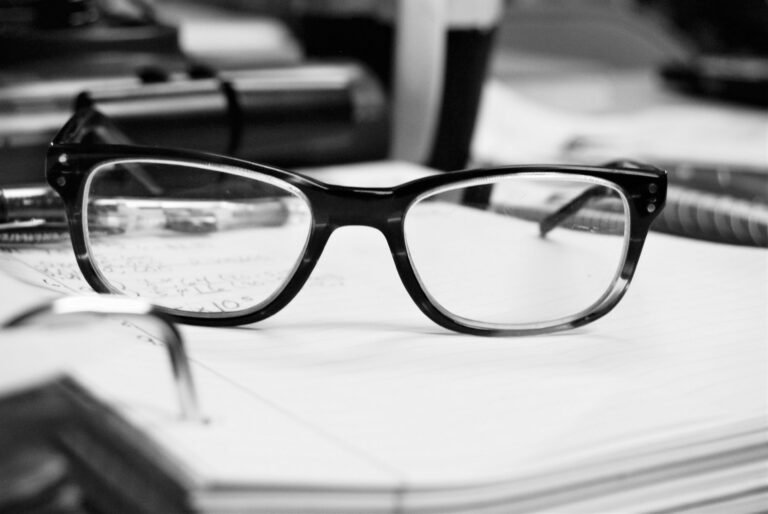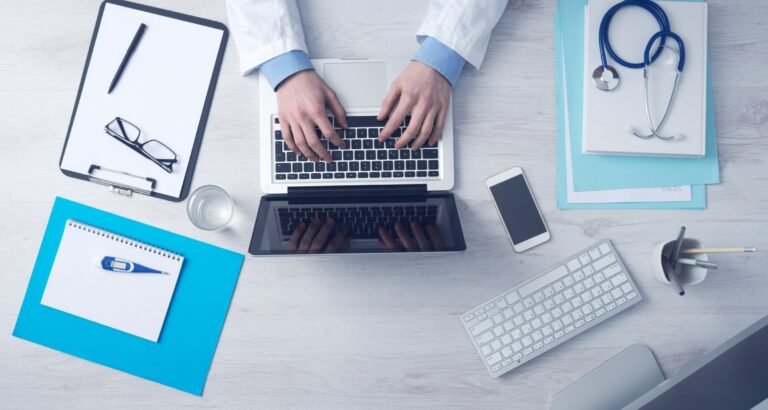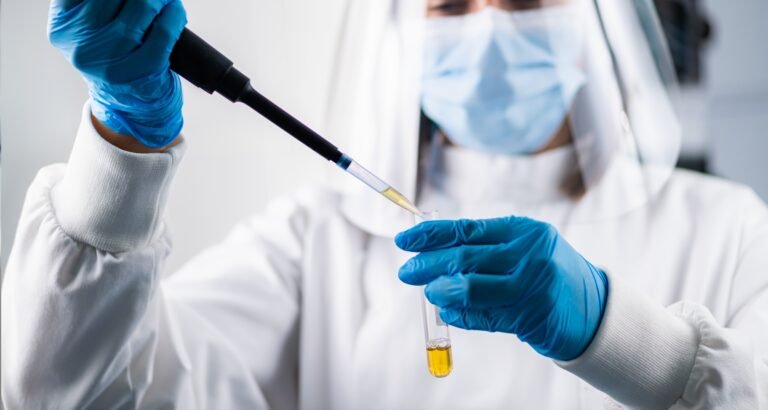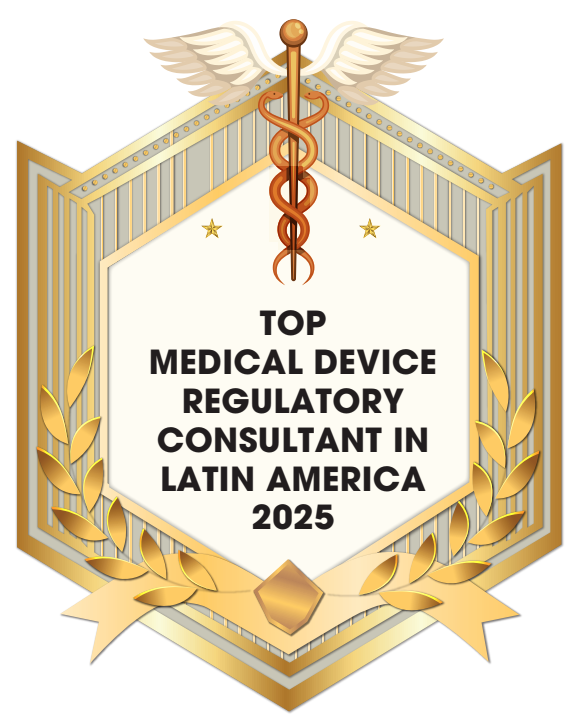Resources
Resources
Stay updated with the latest medical device news and regulations for cosmetic products.

The Essential Role of PMS in Ensuring Compliance with MDR 2017/745: A Professional Guide
Understand the essential role of PMS in ensuring compliance with MDR 2017/745 and its impact

MDR 2017/745 vs ISO 13485: Decoding Quality Management Requirements
Discover the key differences between MDR 2017/745 and ISO 13485 in quality management for medical

Success in Product Design: The Importance of ISO 14971 in Medical Device Risk Management
Discover how ISO 14971 plays a crucial role in medical device risk management and ensures

How to Conduct Biological Evaluations for Medical Devices Using ISO 10993
Learn how to conduct Biological Evaluations for Medical Devices using ISO 10993. Follow essential guidelines

Streamlining Clinical Evaluation for Software as a Medical Device: Best Practices Under MDR 2017/745
Explore best practices for Clinical Evaluation for SaMD under MDR 2017/745 to streamline the process

MDSAP in Canada: Why It’s Vital for Your Medical Device’s Success
MDSAP in Canada is key to your medical device’s success, ensuring compliance, smooth market entry,
Frequently Asked Questions
How long does it take to complete medical device or cosmetic product registration?
Timelines differ for every submission, but a complete, well-organized technical dossier usually passes review faster. Partnering with medical device product registration and cosmetics compliance consultants can further shorten the process by ensuring your documents meet regulators’ expectations on the first try.
Why should I rely on regulatory compliance consulting?
Experienced teams in cosmetics and medical device regulatory consulting review your documentation, identify gaps, and recommend fixes before submission. They also handle practical details—confirming your device listing number and guiding you through steps such as how to register a device on the FDA or EU portals—so you save time, avoid costly rework, and reach the market sooner.
Do I need an in-house regulatory affairs team?
Not necessarily. By partnering with Sobel for regulatory consulting, you get on-demand expertise without the cost of maintaining a full staff. But if you already have internal specialists, we can work collaboratively with your in-house staff and, when needed, provide targeted medical device application training, ensuring your team stays up-to-date while submissions move smoothly.
Which markets does Sobel serve?
Sobel offers worldwide support, with extensive experience in the United States, Brazil, Canada, Europe, and China. Whether you require US FDA medical device registration or broader regulatory compliance solutions for these and other regions, our global team provides the local expertise you need to enter each market efficiently.
What is required to register a medical device?
You must first confirm the device’s risk class and gather a complete technical dossier, then list the product in the appropriate medical device registry and complete establishment registration for the manufacturer or importer. Regulators also expect evidence of a compliant quality-management system and accurate labeling. Partnering with seasoned medical device regulatory consultants helps ensure each step meets local requirements and accelerates approval.
What is required to register a cosmetic product?
Achieving cosmetic regulatory compliance generally requires: confirming the product is a cosmetic, completing a safety assessment, documenting GMP manufacturing, preparing compliant labeling, and submitting the necessary notification or listing—that’s essentially how to get approval for cosmetics in any market. Working with experienced consultants can streamline each step and help you avoid costly rework.
Do I need ISO certification to register my medical device?
Some regulators make an ISO 13485-certified QMS medical device mandatory, while others view adherence to ISO standards for medical devices as a major advantage. ISO certification isn’t always legally required, but obtaining it can shorten audits and streamline the overall certification of medical devices process.
What is required to obtain the CE mark?
Securing a CE Mark for medical devices starts with classifying the product and compiling a technical file that meets all EU MDR legal & compliance requirements. A notified body then audits your quality system and reviews clinical, safety, and performance data. The exact CE Mark certification cost depends on the device’s risk class and testing scope, but thorough preparation keeps both fees and timelines under control.




